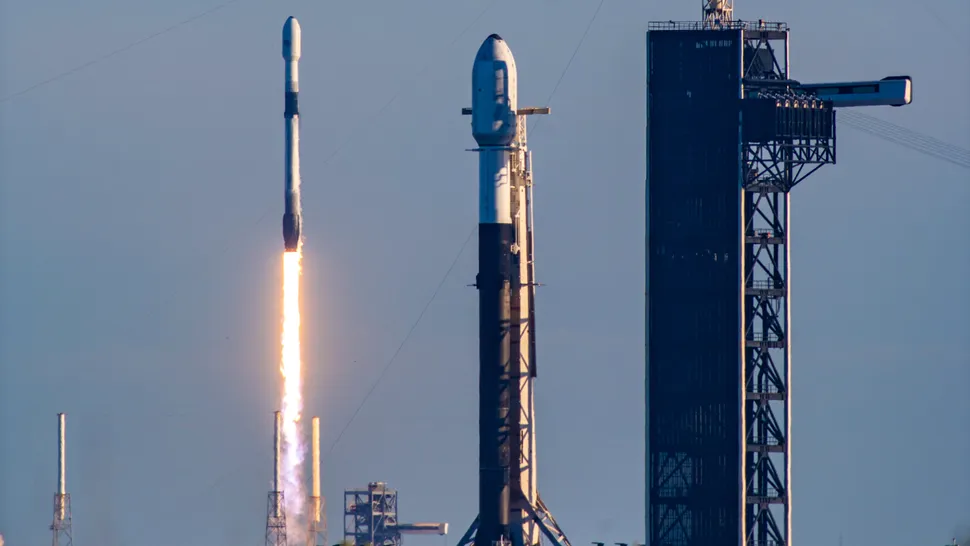Discover how President Trump’s second term could transform NASA, from Mars missions and commercial partnerships to new leadership and budget overhauls. A thrilling new era awaits space exploration!
With President Donald Trump embarking on his second term, the future of NASA is poised for a transformative shift. From ambitious planetary missions to strengthened commercial partnerships, Trump’s influence could reshape the space agency’s trajectory for years to come. Here’s how this new era of leadership might chart NASA’s course toward the stars.
The Artemis Program: Moon or Mars?
During Trump’s first term, the Artemis program was launched with the ambitious goal of returning humans to the Moon. While the initiative symbolized America’s commitment to lunar exploration, delays and technical hurdles have called its timeline into question.
Now, with Elon Musk co-leading the “Department of Government Efficiency,” whispers of a dramatic pivot to Mars are growing louder. Musk has famously dubbed the Moon a “distraction” and championed a direct mission to Mars instead. Such a move would align with Musk’s vision of making humanity a multi-planetary species. However, shifting NASA’s focus solely to Mars might face stiff opposition from Congress, which has traditionally supported a Moon-to-Mars approach as a more pragmatic stepping stone.
New Leadership, New Priorities
The appointment of Jared Isaacman, a private astronaut and CEO with close ties to SpaceX, as NASA’s new administrator is another indicator of change. Isaacman’s leadership heralds a stronger collaboration between NASA and the private sector, aiming to foster a thriving space economy.
“This is the dawn of a true spacefaring civilization,” Isaacman stated in a recent address. His plans include leveraging commercial innovations to cut costs and accelerate timelines for space exploration, which aligns seamlessly with the administration’s efficiency-driven approach. However, this privatization push may not come without challenges, as traditionalists within NASA and Congress could raise concerns over the agency’s autonomy and mission scope.
Budget Overhauls and Program Reassessment
Cost-effectiveness is likely to be a cornerstone of NASA’s future under Trump’s administration. High-budget projects such as the Space Launch System (SLS) and the Lunar Gateway could face significant scrutiny or even restructuring. Instead, the administration may channel more funds toward private companies that promise innovative and economical solutions.
This potential shift in spending priorities could speed up progress in areas like reusable rockets and deep-space exploration but may also disrupt NASA’s traditional programmatic stability.
A New Focus on Space Exploration
President Trump has signaled a desire to redirect NASA’s focus away from Earth science and climate research, areas that have historically been a significant part of the agency’s mission. By narrowing NASA’s goals to deep space exploration, the administration aims to ensure the United States remains a leader in interplanetary science and exploration. However, critics warn that de-emphasizing Earth science could impact global climate monitoring efforts, a critical component of combating climate change.
The Future of NASA Under Trump
As the Trump administration’s vision for NASA unfolds, one thing is clear: change is on the horizon. From a renewed emphasis on Mars exploration to the deepening integration of private sector partnerships, NASA’s mission is evolving to meet the challenges and opportunities of the modern era. Whether these changes will cement America’s dominance in space or lead to unforeseen challenges remains to be seen.
One thing is certain—the next chapter of space exploration promises to be as thrilling as it is transformative. Stay tuned as NASA’s journey toward the final frontier continues to captivate the imagination of people around the globe.


